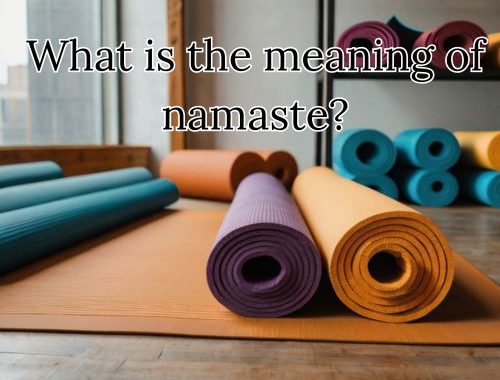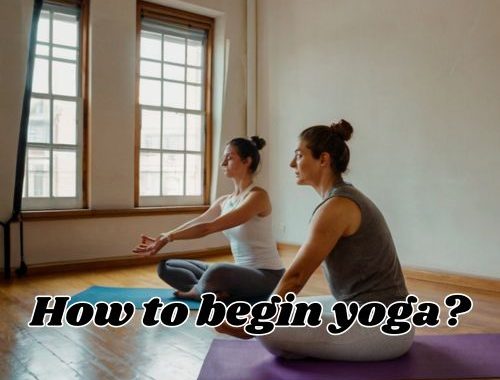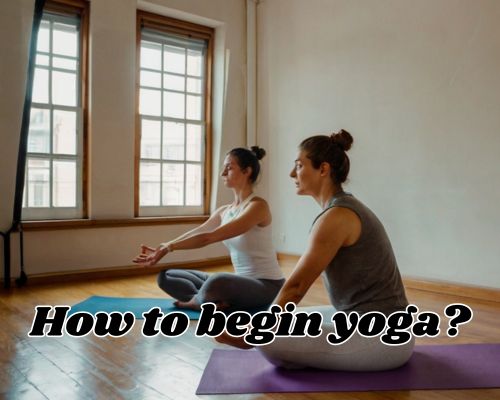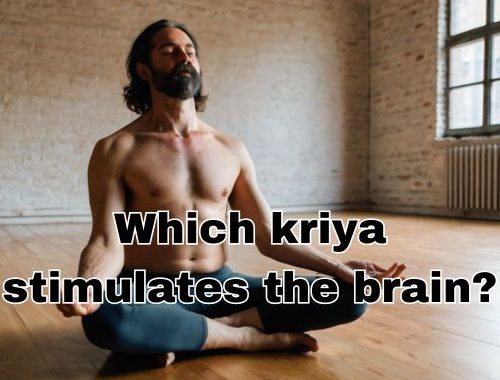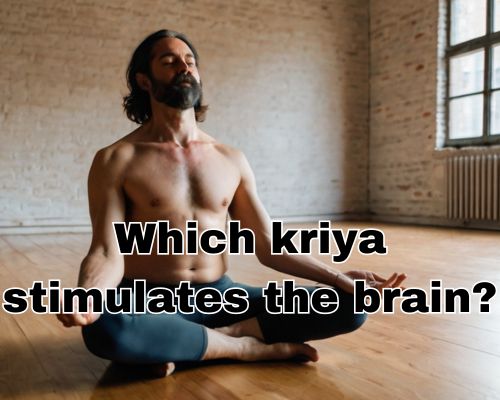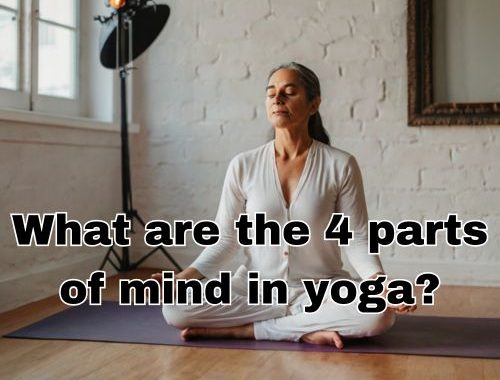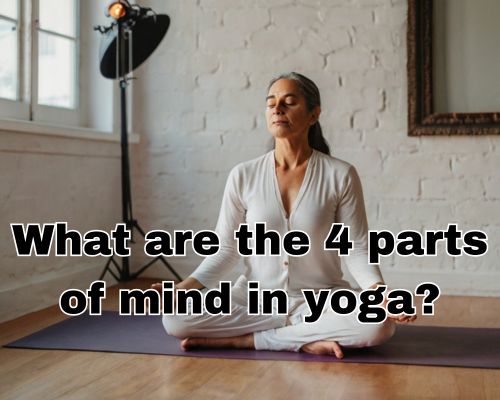What Is the Meaning of Namaste? Discover Its Deeper Essence in Mornington’s Wellness Scene
Introduction: A Simple Word with Profound Meaning
“Namaste” — a single word, yet rich with centuries of spiritual, cultural, and philosophical depth. It’s more than just a greeting; it’s an expression of deep respect, unity, and conscious presence. In Mornington, Australia, where yoga and mindfulness have become integral parts of many residents’ lives, understanding the true meaning of namaste enhances both practice and connection.
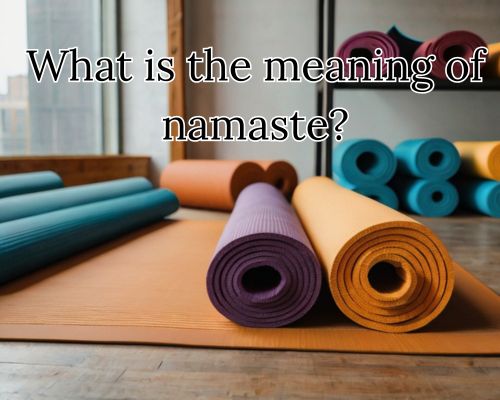
Whether you hear it at the end of a vinyasa flow class in a local Mornington yoga studio or see it inscribed on a wellness café’s chalkboard near Main Street, namaste is more than a trendy phrase — it is a bridge between inner peace and collective respect. Let’s get to know more with Bikram Yoga Mornington.
What Is the Meaning of Namaste?
The focus keyword “What is the meaning of namaste?” often emerges from both beginners and seasoned yogis seeking to understand this Sanskrit term more deeply.
At its core, namaste (pronounced nuh-muh-stay) is derived from the Sanskrit roots:
- Namaḥ – “bow” or “salutation”
- Te – “to you”
Literally translated, it means “I bow to you.” But the spiritual and cultural meaning extends far beyond a simple gesture.
In yoga traditions, particularly those embraced in Mornington’s holistic wellness circles, namaste is often interpreted as:
👉 “The divine light in me honors the divine light in you.”
It’s a recognition of the shared sacredness that exists in every being.
Cultural Roots and Spiritual Context
Namaste is deeply embedded in Indian culture, often used as a respectful greeting. In Hinduism, Buddhism, and Jainism, it’s more than a salutation — it’s a spiritual acknowledgement of equality and interconnectedness. The gesture that accompanies the word — palms pressed together at the heart (Anjali Mudra) with a slight bow of the head — embodies humility and reverence.
In Mornington’s growing community of yoga instructors and spiritual seekers, this gesture is not just ceremonial — it’s transformational. It fosters a pause, a mindful moment of reflection and gratitude at the beginning or end of a session.
The Role of Namaste in Yoga Practice (Mornington Studios)
In modern yoga classes across Australia, especially in vibrant towns like Mornington, namaste is typically spoken at the end of a class, symbolizing closure, appreciation, and unity. It reflects the connection between student and teacher, and among practitioners.
Local Mornington studios such as Bikram Yoga Mornington, Saltwater Yoga, and Mornington Healing Centre regularly emphasize the philosophical importance of namaste — not just as a ritual but as an embodiment of yogic values like compassion, mindfulness, and unity.
Many instructors personalize the moment with soft lighting, calm music, and quiet reflection, creating space for the meaning of namaste to be felt rather than merely said.
How Mornington Embraces the Namaste Culture
The popularity of yoga in Mornington Peninsula has led to a resurgence of interest in the spiritual and cultural meanings behind yoga terminology. From workshops on Vedic philosophy to local events such as Mindful Mornings by the Bay, the community is diving deeper into the origins of these practices.
Wellness hubs such as The Yoga House Mornington and Ocean Soul Retreats often host classes and retreats that explore Sanskrit terms like namaste, teaching their historical and spiritual significance.
Furthermore, local cafes and wellness shops integrate the essence of namaste into their business ethos. Whether it’s a barista greeting you with a calm smile or a herbal tea brand named “Namaste Brew,” the sentiment of peaceful recognition is infused into Mornington’s wellness economy.
Beyond Words: Namaste as Daily Practice
In Mornington’s serene environment — with its coastal air, natural landscapes, and reflective community — namaste can become more than a yoga-class formality. It can serve as a daily mindfulness anchor.
Imagine using namaste as a mental reset during stress at work, or as a heartfelt acknowledgment to a friend during a walk along Fisherman’s Beach. By embracing its meaning, you move toward living yoga — not just performing it.
This reflects a growing trend in Mornington’s wellness culture: living with intentionality and conscious connection.
Why Understanding Namaste Matters in Today’s Wellness Era
In a world increasingly driven by speed, consumerism, and disconnection, the rediscovery of terms like namaste is a cultural antidote. It reminds us of our shared humanity, humility, and the stillness within.
For Mornington locals who attend yoga classes at Bentons Square, join meditation circles at Soul Space, or simply seek more meaning in everyday exchanges, understanding the meaning of namaste can deepen relationships, encourage self-awareness, and foster communal respect.
As yoga becomes more accessible and widespread in Australia, taking the time to understand its roots honors not only the practice but also its cultural and spiritual lineage.
Conclusion: A Word That Opens Hearts
So, what is the meaning of namaste? It is both a word and a way of being. It is reverence, connection, and inner peace wrapped into a single gesture. And in Mornington, Australia, where wellness, mindfulness, and connection to nature are core parts of community life, namaste finds fertile ground to blossom.
Whether you’re attending a yoga class, sipping turmeric tea at a seaside café, or simply greeting someone with intention, namaste invites you to live with presence — and to see the divine in yourself and others.
Call to Action:
If you’re ready to explore the true spirit of namaste in your life, why not join a local yoga or meditation class in Mornington this week? Whether you’re a beginner or a seasoned yogi, there’s always a deeper layer of connection waiting to unfold.
